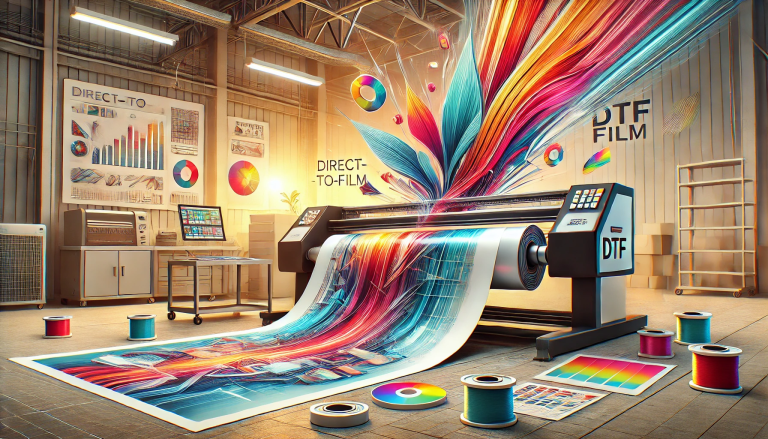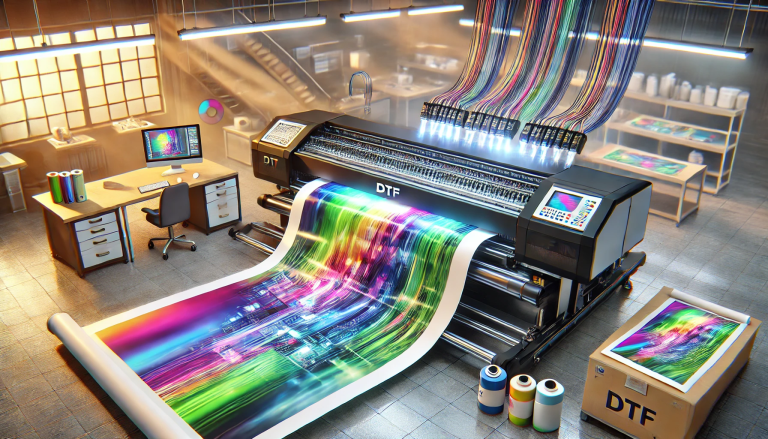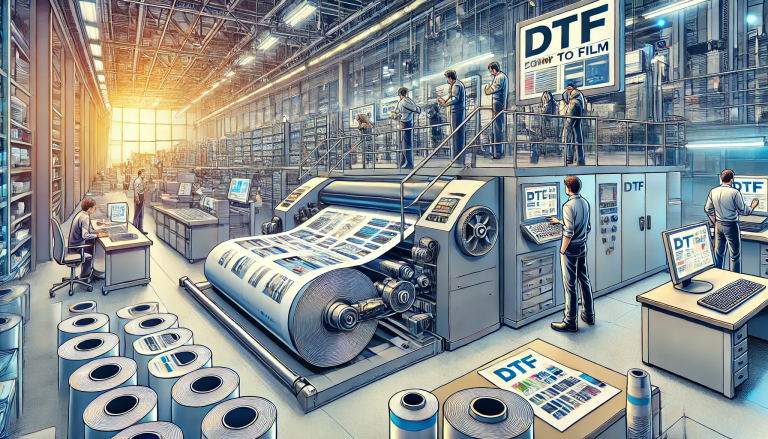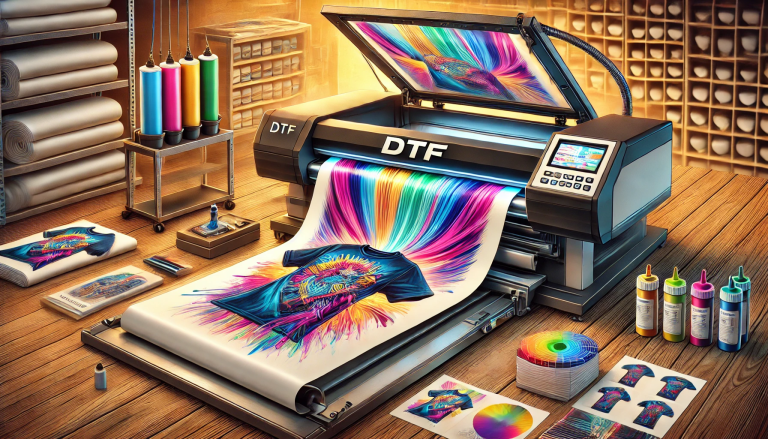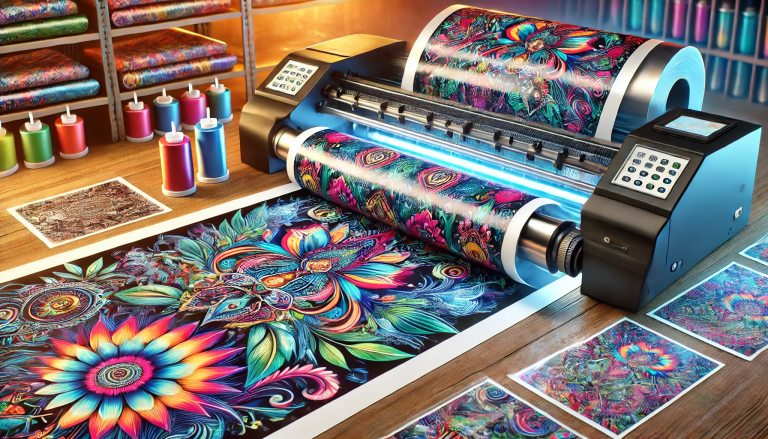“Understanding the Strength of UV DTF Films: Which Type is the Strongest?” -MAXDTF- UV DTF transfer Decal Factory, UV DTF Printing Decal Wholesale, Made in China
UV DTF (Direct To Film) is a cutting-edge technology that has transformed the world of print and design. This technology allows for the application of detailed graphics directly to a variety of surfaces, ranging from textiles to hard surfaces. The key component of this technology is the film that acts as the carrier for the printed design. In this article, we’ll delve into the world of UV DTF films and explore which type stands as the strongest.
The Basics of UV DTF Films
In UV DTF printing, the image is initially printed on a special film, which is then transferred onto the desired substrate through the application of heat and pressure. The film is a crucial part of this process, as it needs to reliably carry the image without distorting it during transfer.
UV DTF films are unique because they’re designed to work with UV curable inks. Unlike traditional inks, UV inks are cured and hardened almost instantly when exposed to ultraviolet light, providing excellent durability and vibrant color reproduction.
Types of UV DTF Films
Different UV DTF films are designed for various applications, but they generally fall into two main categories:
- Polyethylene Terephthalate (PET) based films: These are the most commonly used films in DTF technology. PET is a strong, flexible, and clear plastic that provides a smooth surface for printing.
- Polyvinyl Chloride (PVC) based films: These are a bit less common but are used in specific applications where extra durability is required. PVC films are strong, but they can be more rigid than PET films.
Determining the Strongest UV DTF Film
When we talk about the “strength” of UV DTF film, we’re typically considering two main aspects:
- Tensile Strength: This is the film’s resistance to breaking under tension. It’s a key factor in the transfer process as the film needs to withstand the heat and pressure involved in transferring the print to the substrate.
- Dimensional Stability: This refers to the film’s ability to retain its shape and size under varying conditions, such as changes in temperature or humidity. A film with good dimensional stability will not distort the printed image during the transfer process.
Given these considerations, PVC-based films are often considered the strongest in terms of tensile strength and dimensional stability. They’re durable and less likely to tear or stretch, which makes them ideal for applications that require a robust and reliable film. However, they can be less flexible and more challenging to work with compared to PET films.
The Bottom Line
While PVC-based UV DTF films may be the “strongest” in a traditional sense, it’s essential to understand that the best film for your needs might depend on your specific application. PET-based films might offer a better balance of strength and flexibility for certain projects, especially when working with flexible materials like textiles.
Regardless of the type, all UV DTF films should be handled with care to ensure the highest quality prints. Storing films properly and using them in a clean, controlled environment will help maintain their performance and longevity.
Remember, the UV DTF process is a complex interplay of different elements – from the type of ink and film used, to the specifics of the curing process. Mastering these variables will allow you to create stunning, durable prints on a vast range of substrates.

